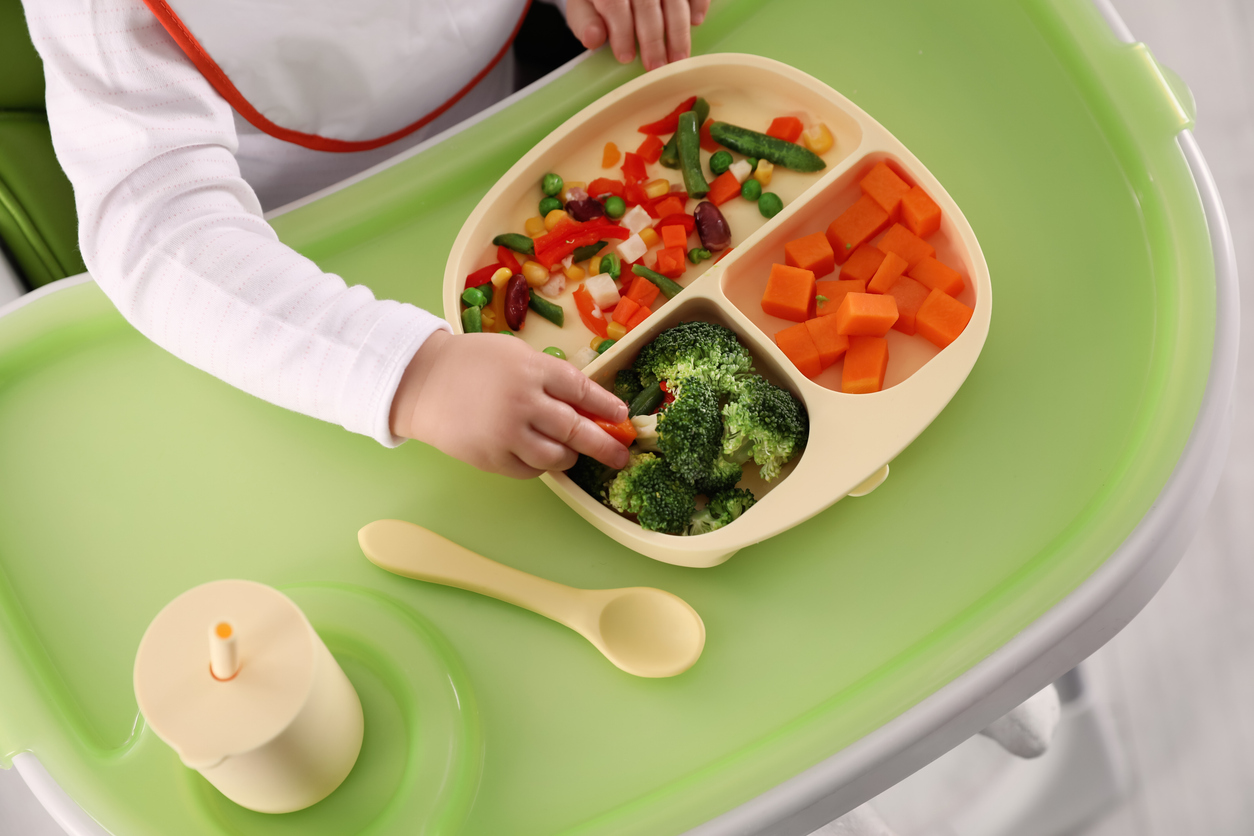
What To Do If Your Child is a Picky Eater
by Northern Life
Tips for handling picky eaters
Picky eating can be quite common among toddlers and preschoolers. It often involves rejection based on characteristics of food such as texture, flavour, colour or a combination of flavours.
Here’s some of our top tips on handling picky eaters:
- Ensure fresh fruit is on display at home to promote healthy snacking.
- Don’t let children snack before a main meal. For example, if you give them a snack 30 minutes before a meal then they will be more likely to ‘pick’ or show less interest in the mealtime food.
- Try to ensure that meal times are pleasant events, e.g. a time for the family to be together (and eat at a table if possible).
- When possible, serve meals in courses. This doesn’t need to be fancy but could consist of cherry tomatoes, carrots, peppers and/ or celery as a ‘starter’. This encourages toddlers and children to eat a wider variety of vegetables.
Don’t use plates which encourage separation of different food. This encourages the idea of ‘contamination’.
- Always try to include fruit and vegetables in main meals such as carrots in spaghetti bolognese or sliced fruit with a small amount of custard for dessert.
- Don’t use plates which encourage separation of different food. This encourages the idea of ‘contamination’. Instead, ensure dishes such as spaghetti bolognese, chilli and rice are presented as mixed entities. If you do present food separately, then you will need to slowly start to address this (little by little).

- If your toddler or child dislikes a food, try to ensure that a very small amount is included on their meal plate, but do not force them to eat it. Simply getting them used to the expectation of the food being on their plate is a start.
- Do not worry if your child still refuses to eat particular food. Repeated exposure (without pressure to eat the food) is key. Additionally, most children do tend to grow out of picky fussy eating. What is essential is providing a safe, pleasant meal time experience.
- Read stories about fruits and vegetables with your child to get them familiar with these foods in a safe, relaxed environment.
- Don’t use pressure to encourage eating, as this creates anxiety which can exacerbate picky fussy eating.
- Last, but not least, use modelling behaviour and positive reinforcement to demonstrate eating expectations. Indeed, be consistent with your expectations i.e. don’t expect your child to eat something you will not!
NorthernLife Family Autumn 24




